SYLLABUS
UNIT 1: CONCEPT OF CHILD RIGHTS
Concept and definition of child and child rights – Definition
of a child under various laws in India: History of child rights
in Tamil Nadu and India , Non-Governmental Organizations
(NGO) working for child rights in Tamil Nadu and India – Historic
treatment of children – Understanding child rights from the
perspective of affected people – Importance and need to the
rights of children – United Nations Convention on the Rights
of the Child (UNCRC) – The Millennium Development Goals
(MDGs) and the Sustainable Development Goals (SDGs) –
Children’s rights sustainable development goals.
UNIT 2: VIOLENCE AGAINST CHILDREN
Violence Against Children (VAC): Various forms and trends
in Tamil Nadu –Abuse of trust – Discrimination – Drug
dependency among children – Online abuse – Suicidal
endency among Children- Intersectionality – Consequences
of impact of violence on children – Factors leading to
vulnerabilityof children in Tamil Nadu and root causes.
UNIT – 3: CHILD RIGHTS – LAWS, POLICIES AND INSTITUTIONS
Juvenile delinquency, Juvenile Justice and Protection of
Children Act 2015 – Rights to free and Compulsory Education
Act 2009 – The Protection of Children from Sexual Offences
Act (POCSO) 2012 – The Prohibition of Child Marriage Act
2006 – Child Labour (Prohibition and Regulation) Act,1986 –
National and State Policies for Child Protection – Suppression
of Immoral Traffic in Women and Girls Act, 1956 (SITA) – Child
Protection System in India -The United Nations (UN) Human
Rights Council – UN Committee on the Rights of Children
and Special Rapporteurs on issues related to children.
UNIT – 4: CHILD FRIENDLY SCHOOLS
AND ROLE OF TEACHERS
Child friendly schools – Concept and importance – Role of
teachers in safeguarding the rights of children in schools –
Importance of child protection policy in schools – Creating
space and opportunity for children to participate and express
their voices/opinions – Importance of child rights clubs in
schools – Role of School Management Committees (SMCs) –
Challenges of teachers as child rights practitioners.
UNIT – 5 SKILLS FOR CHILD PROTECTION AND PARTICIPATION
Identification of children in vulnerable situations –
Identifying and recognizing the warning signs and factors of varying
types of child abuse and neglect – Skills to deal with the
children affected by violence – Role of teachers and other
professionals in diagnosing and reporting suspected cases of
child abuse and neglect – Psycho-social support and referral
services for the vulnerable children – Teachers as mentors
of children for ensuring their participation and protection
– Positive discipline techniques for the teachers – Skills for
celebrating child rights.



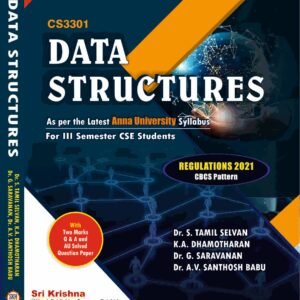

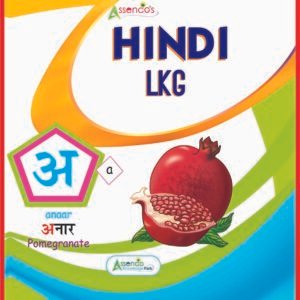
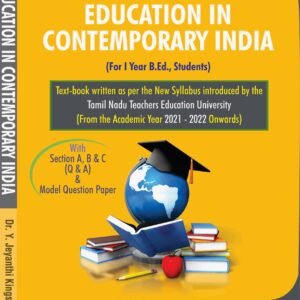
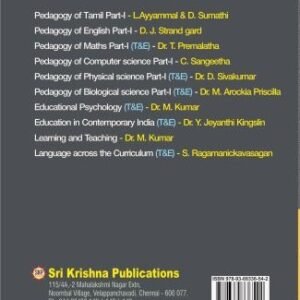
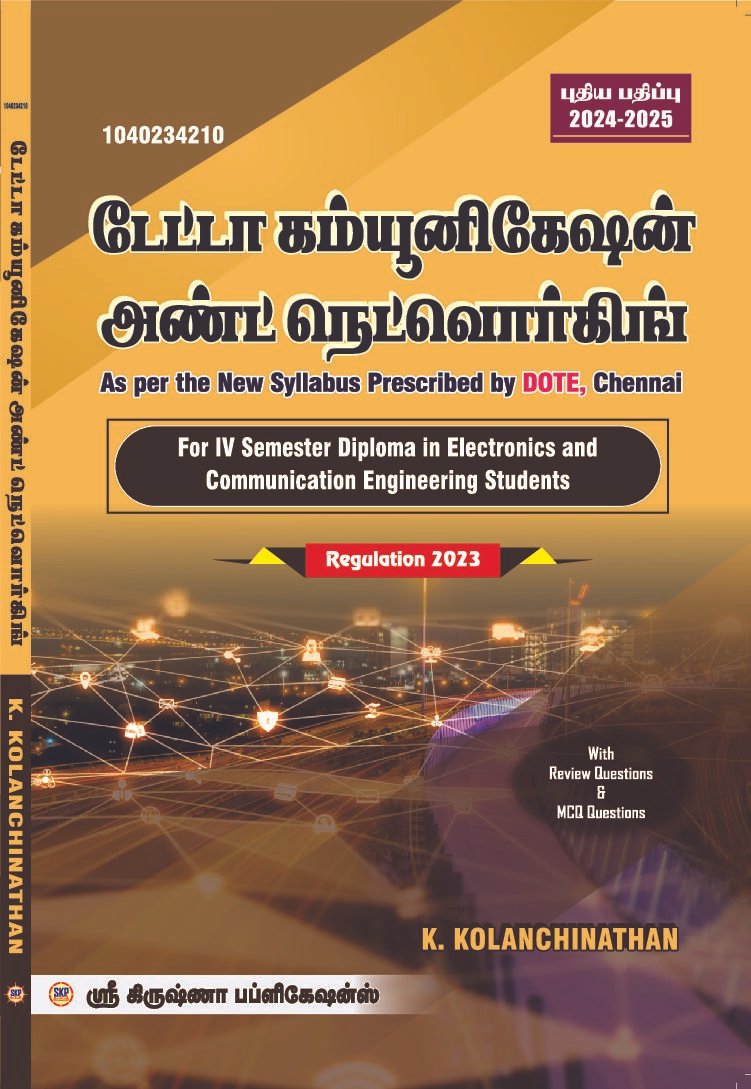

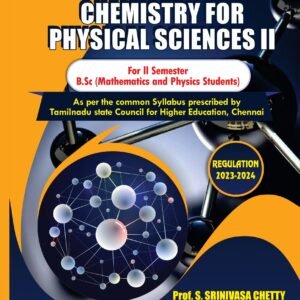

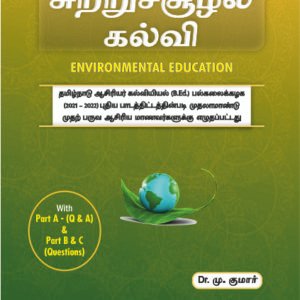

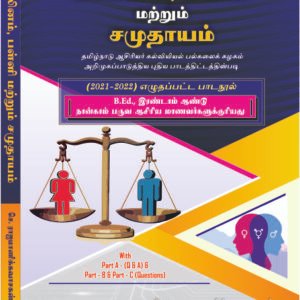
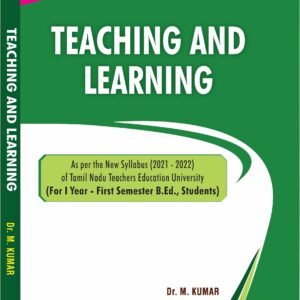
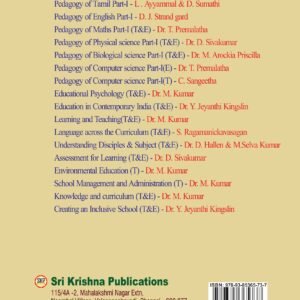
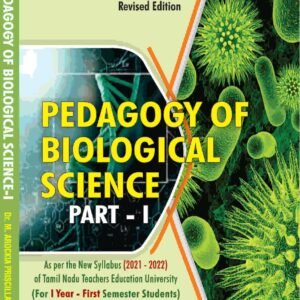


Reviews
There are no reviews yet.